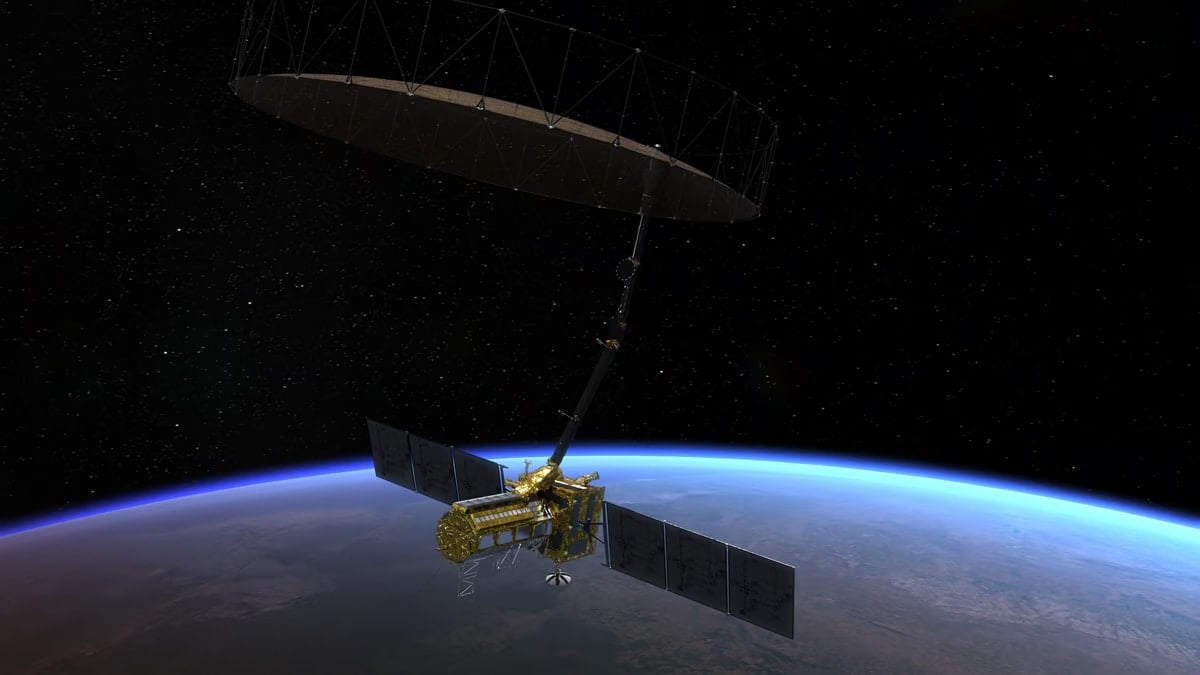NASA and ISRO have come together for an ambitious mission set to change how we observe Earth's ecosystems and landscapes. The NISAR Mission, short for NASA-ISRO Synthetic Aperture Radar, will provide important data on things like biomass, sea level changes, natural disasters and groundwater levels. This satellite will orbit our planet, using radar technology to measure shifts in Earth's surface every 12 days. The mission will run for at least three years, with both agencies bringing their expertise to the table.
How NASA and ISRO Are Working Together?
This mission represents a major collaboration between NASA and the Indian Space Research Organisation. Both agencies are working together to monitor changes on Earth's surface using radar imaging. NASA is contributing the L-band radar, which can penetrate through dense tree canopies and ice. ISRO, on the other hand, is providing the spacecraft, the S-band radar, and the launch vehicle. The NISAR project kicked off after a 2007 report identified the need for more precise data on Earth's land and cryosphere. In response, NASA Administrator Charles Bolden and ISRO Chairman K. Radhakrishnan officially launched this joint effort.
What Makes NISAR Different?
NISAR stands out because of its ability to detect incredibly tiny changes on Earth, down to the centimetre level. It uses radar technology that works in all weather conditions, day or night, making it incredibly reliable. This will help scientists track everything from glacier movements to earthquakes and volcanic eruptions. What's more, the data will be publicly available, allowing researchers worldwide to tap into this treasure trove of information.
Why It Matters
The NISAR mission is scheduled to launch in 2024, and it's expected to make a big impact. Not only will it help scientists monitor environmental changes, but it will also provide real-time data to help predict and manage natural disasters. It's a mission designed to give us a deeper understanding of how Earth's surface is changing—and what that means for our future.
































